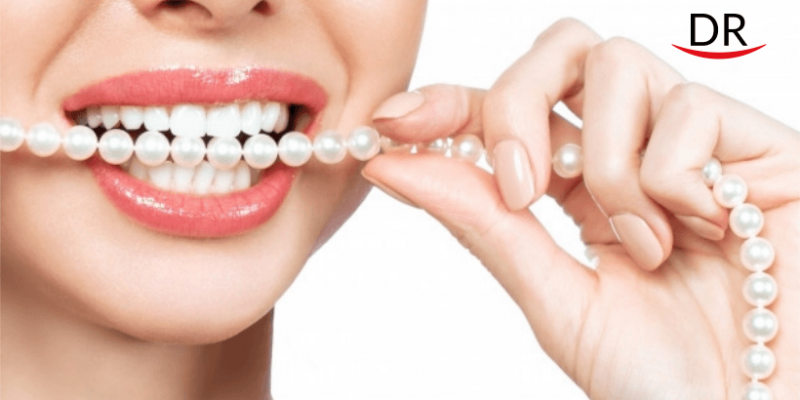
Dr. Priti Lamba is a general dentist with special attention to cosmetic & implant dentistry. She has graduated from GDC&H, Mumbai in the year 2006 and has her own private practice in Chembur, Mumbai since 2010. She is also a life member of IAACD and constantly undergoes CDE programs to update her knowledge & skills. She is a coveted speaker at the upcoming DRDCA 2020 International.
Abstract
An emergency call from a dentist colleague was received, informing about a fractured lithium disilicate veneer with respect to tooth no 11, the veneer being done eight years ago. Emergency temporisation with composite was performed on 11, and the final treatment performed was repeat lithium disilicate veneers, both with 11 and 21 to get the perfect shade and shape symmetry. This was all possible because of good DSLR photography to communicate for the shade with the laboratory, along with an extremely capable laboratory support to achieve perfect pink and white harmony as the end result!
Introduction
Superior aesthetics can be achieved with minimally invasive dentistry. This is possible due to advances in technology and support we have these days, discussing which is the sole purpose of this article.
Methods
Figure 1 shows the preoperative view of the fractured veneer on tooth no 11. Shade taking was done prior to any intra-operative procedure.

The veneer was gently removed with the help of an ultrasonic scaler tip along the fracture line, thereby causing no damage to the underlying tooth as shown in Figure 2.

Composite restorations in 11 were repeated under rubber dam and the same procedure was carried out with 21 (Figure 3). We need to take the stump shade being taken for better lab communication.

Ultradent 00 retraction cord, soaked in clear viscostat, was used prior to recording any impression as seen in Figure 4.

Impressions were taken using addition silicone putty and light body material, thereby recording the perfect margins. The tooth no 11 was given a palatal wrap kind of a preparation so as to capture maximum enamel to ensure a good bonding strength of LiDiSi veneer, tooth no 21 was given an incisal butt joint kind of a preparation as evident in Figure 5.

Bonded dentistry needs isolation as the basic criteria for maximum success and predictability of the procedure, as seen in Figure 6, the teeth were isolated at the bonding appointment.

The veneers were acid etched for 10 seconds wih 9.6%HF, followed by application of silane for 1-3 minutes and an unfilled resin. At the same time, the tooth was etched with 37 percent phosphoric acid for 10-15 seconds followed by application of layer of bond [do not cure]. Translucent shade of 3M Relyx veneer cement was used for the final bonding and then the veneer was cured for 60 seconds. Extreme care was taken to remove all the excess with a 12 No surgical blade to ensure good tissue health. The final post-operative photo at six months follow-up seen in Figure 7, shows both buccal and palatal views of emax veneers, showing perfectly healthy gingiva with papillary infiltration, and a very happy smile.

Results
The whole treatment was planned maintaining the vitality of teeth and no unnecessary or intentional endodontic treatment was performed. With the growing trend and stress of time-bound dentistry these days, it is extremely important that protocols are followed to get the best possible results for your patient, without compromising on the quality of treatment, in a limited period of time!
References
- Textbook on porcelain laminate veneers- Dr. Galip Gurel
- Bonded porcelain restorations- Dr. Pascal Magne




















Comments